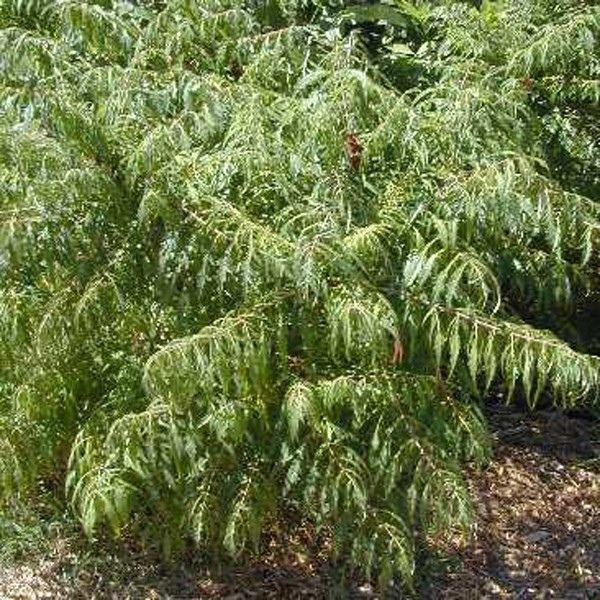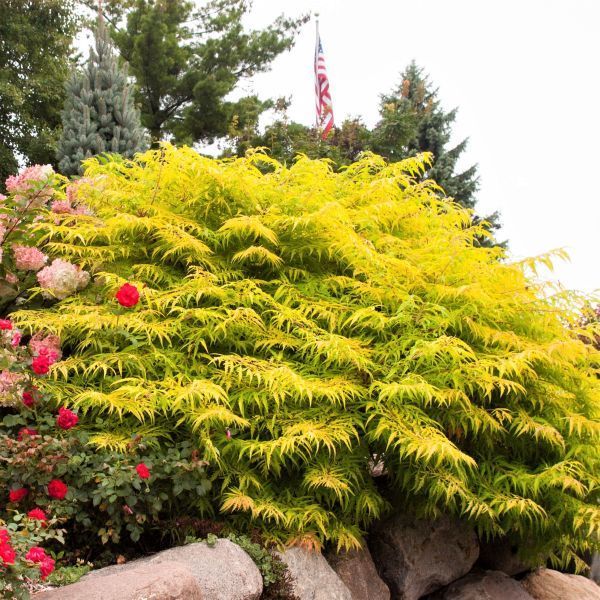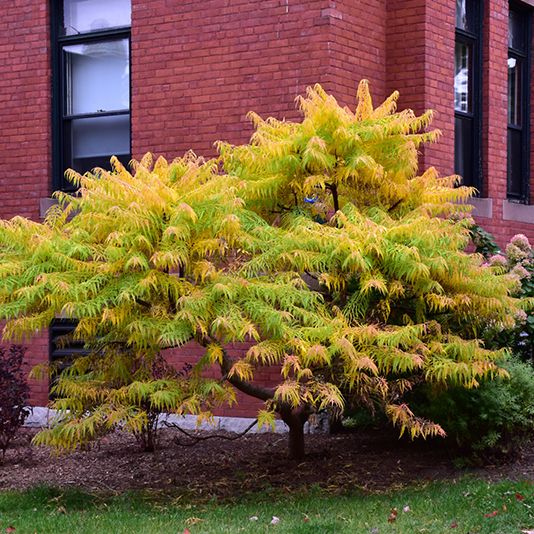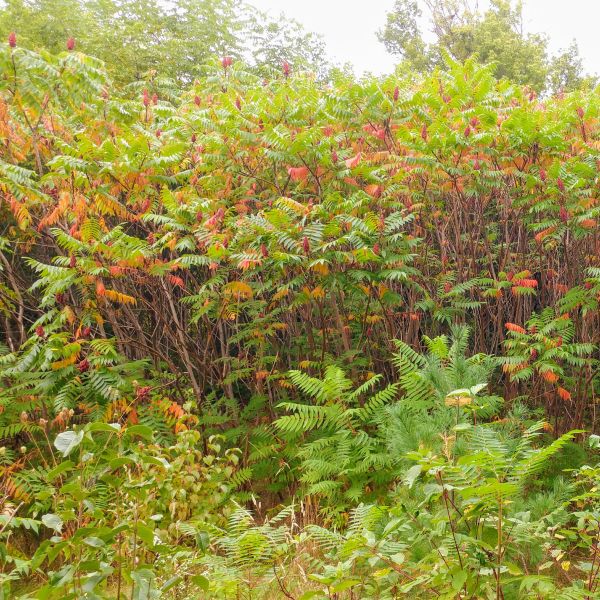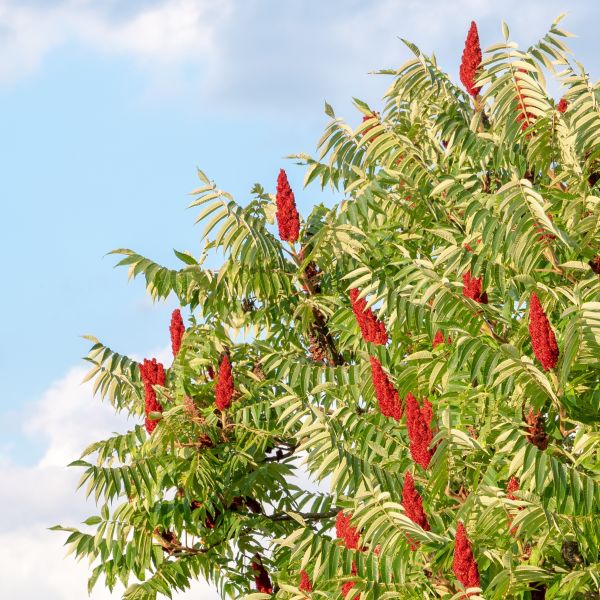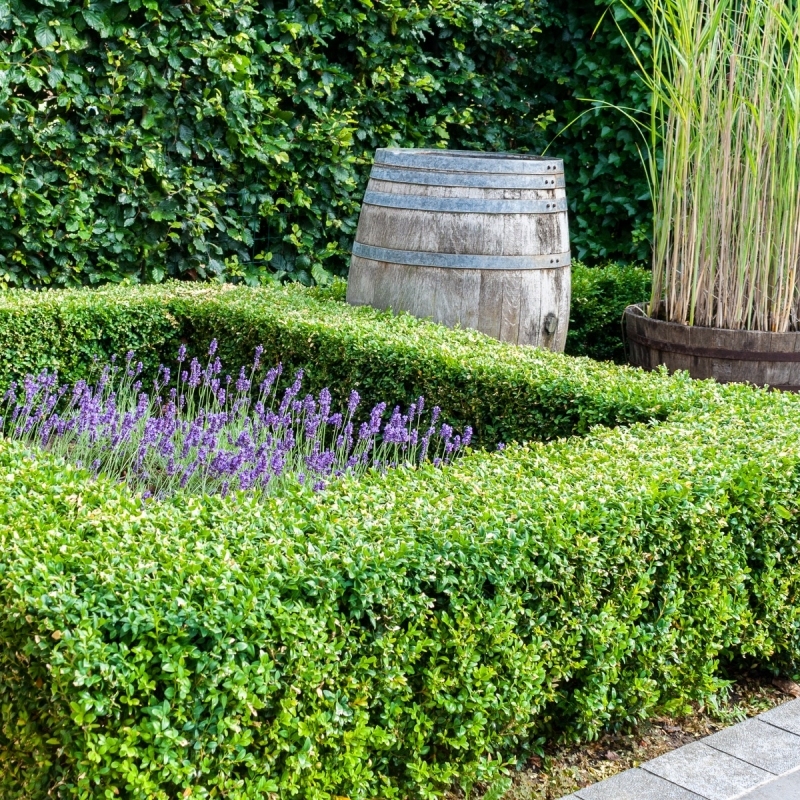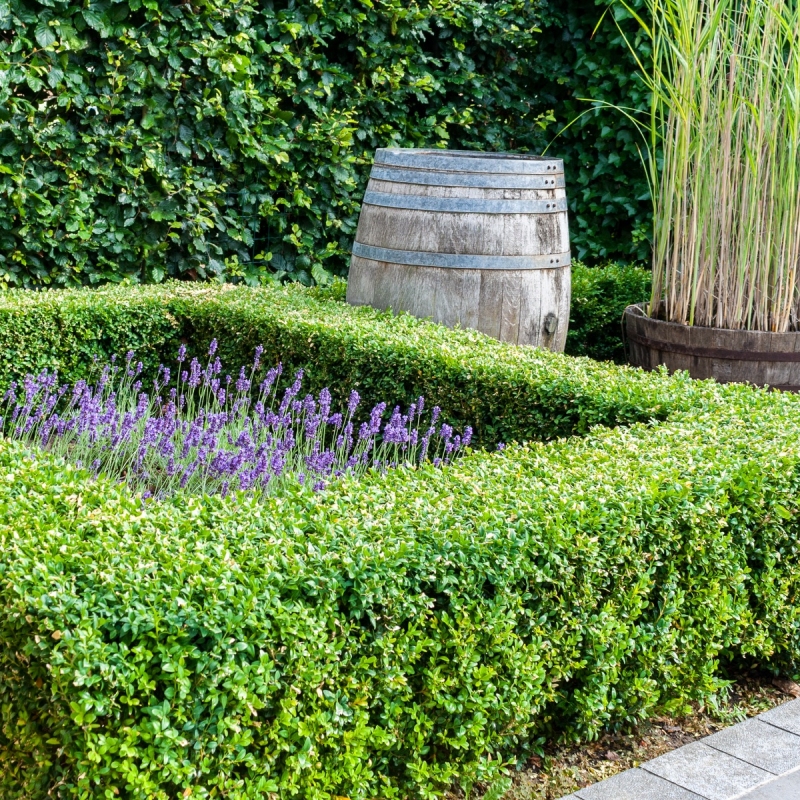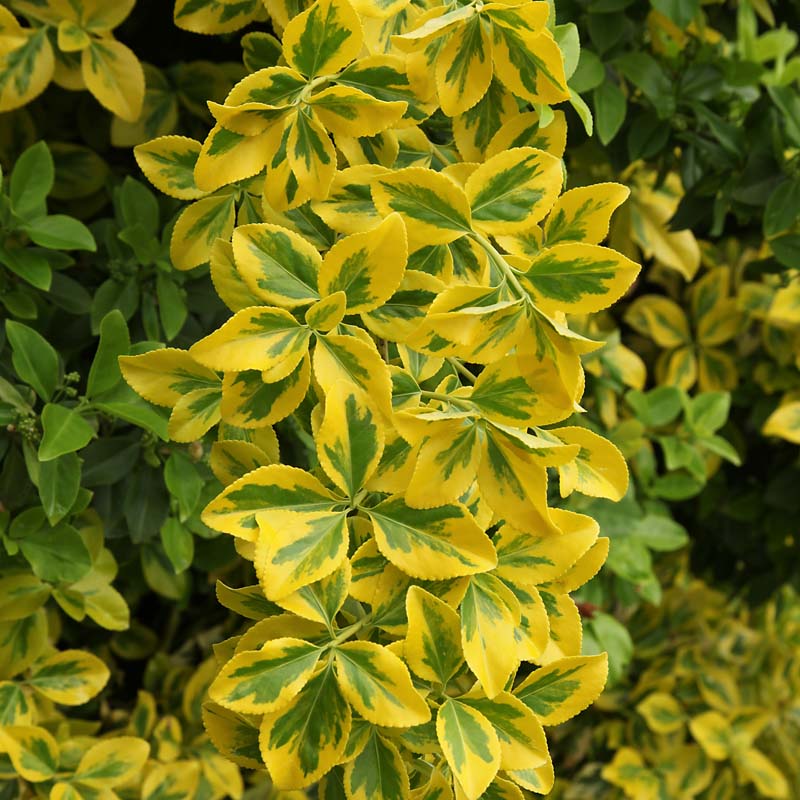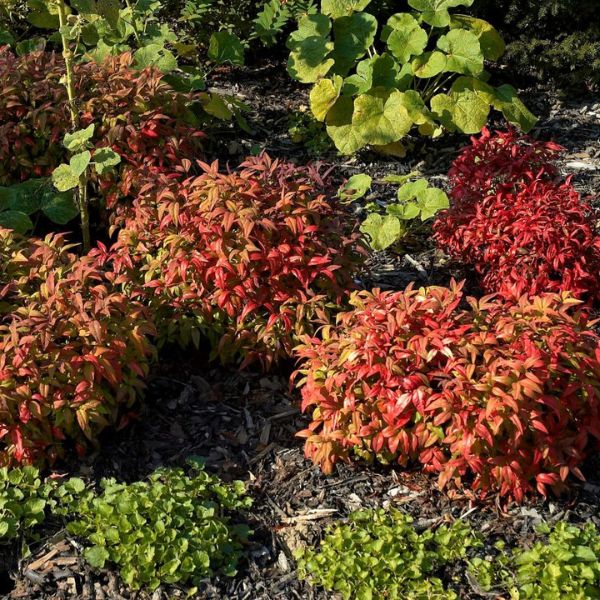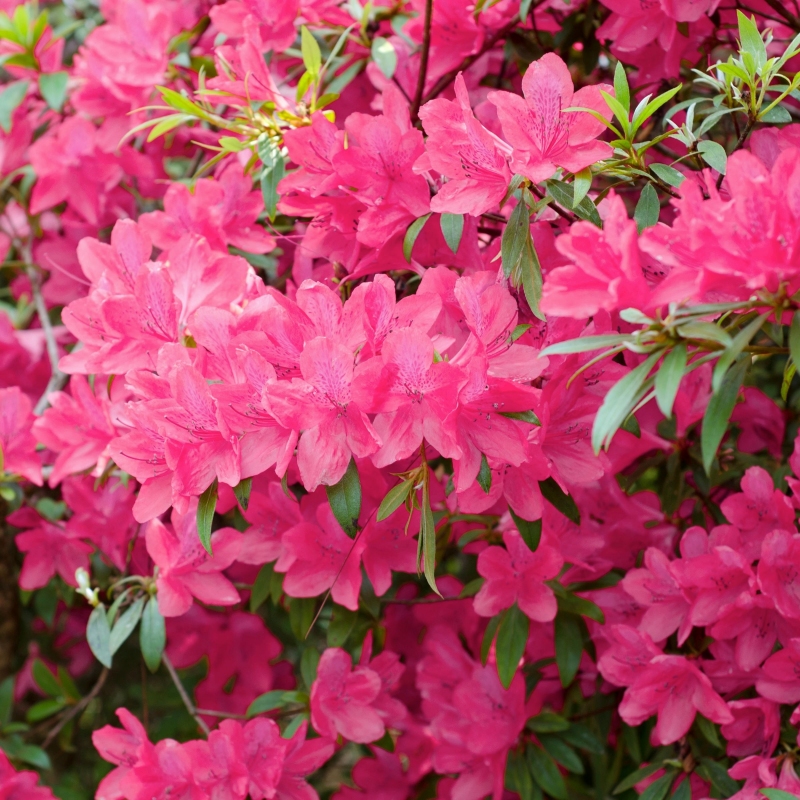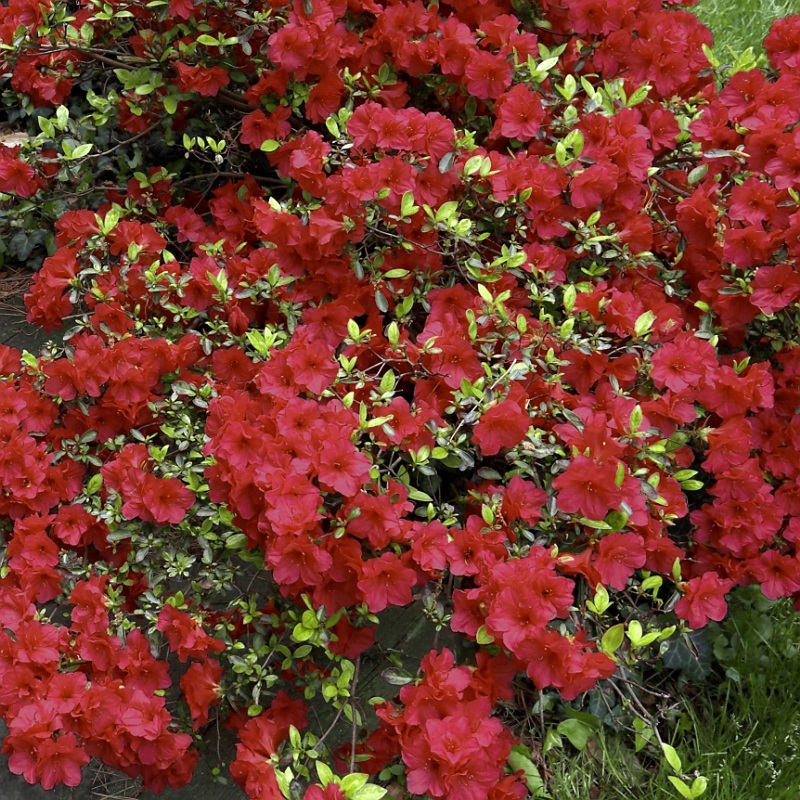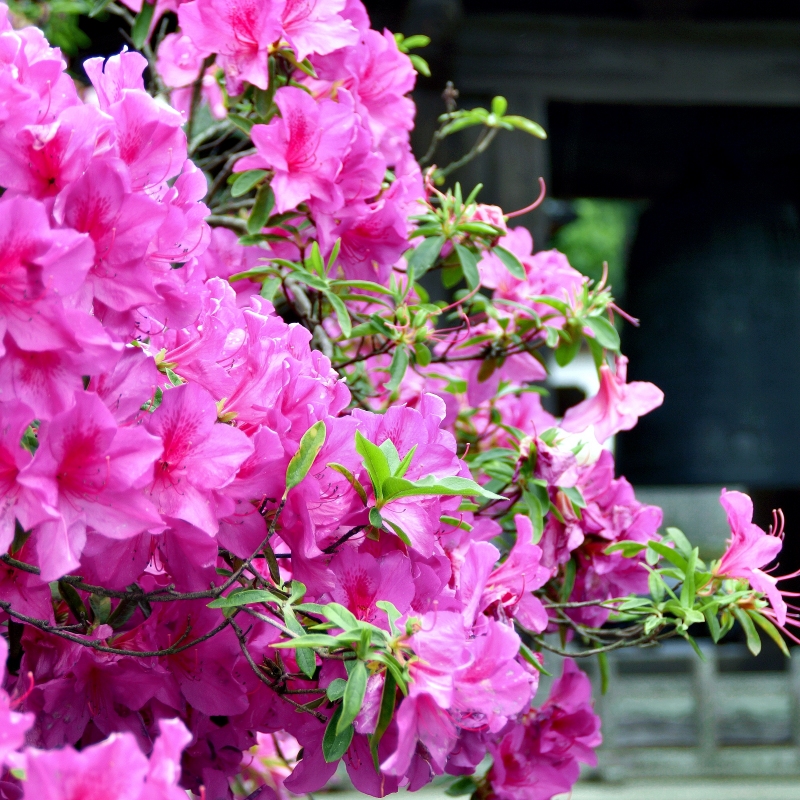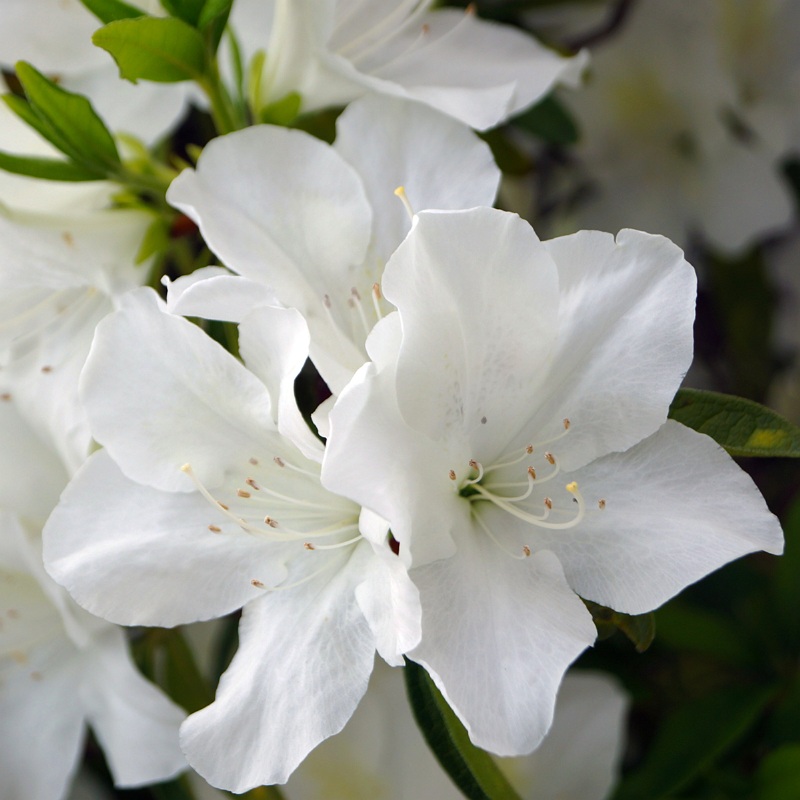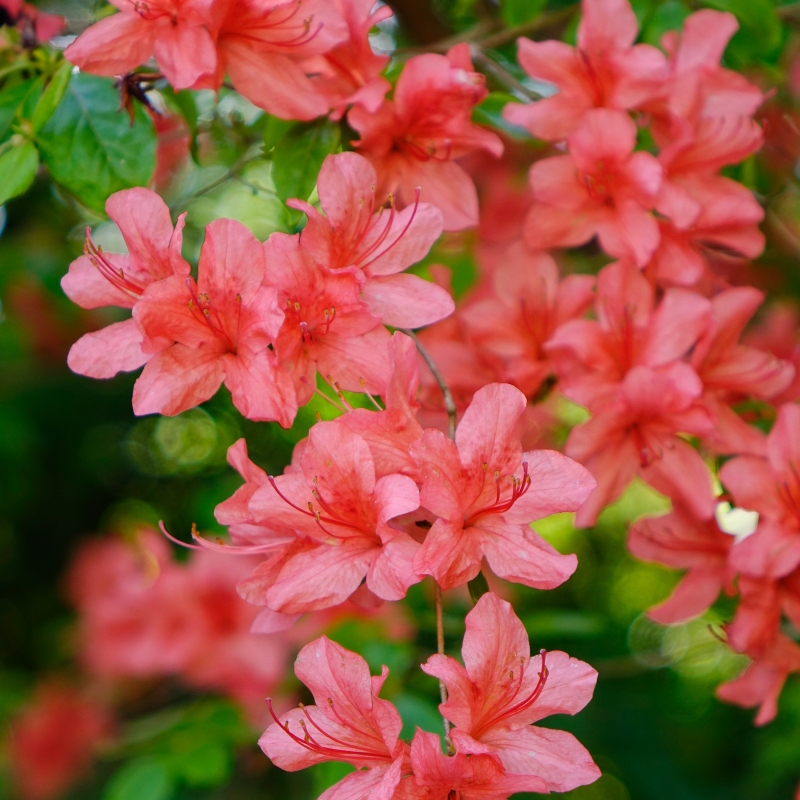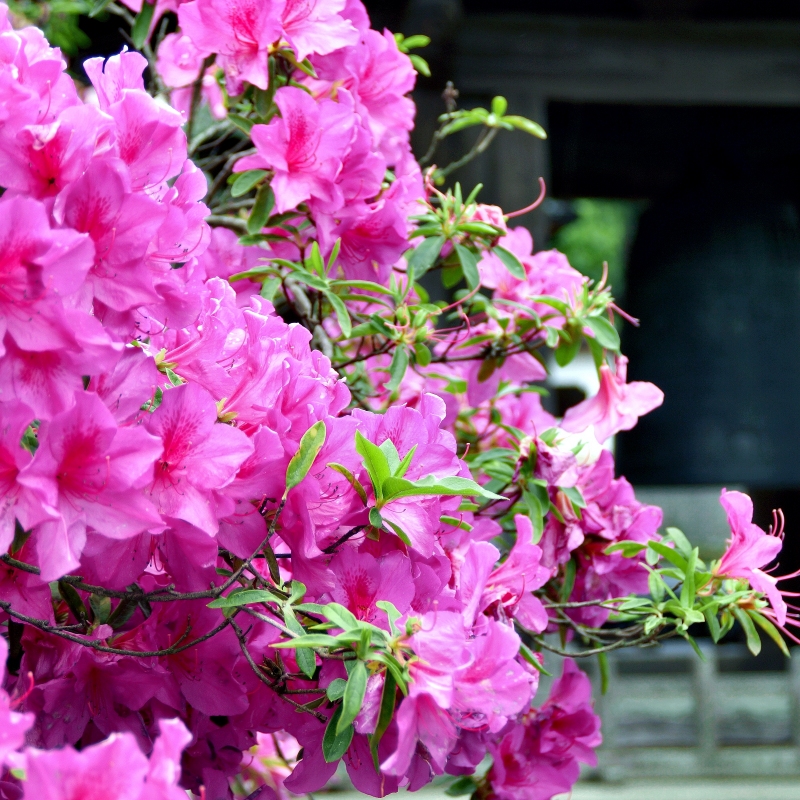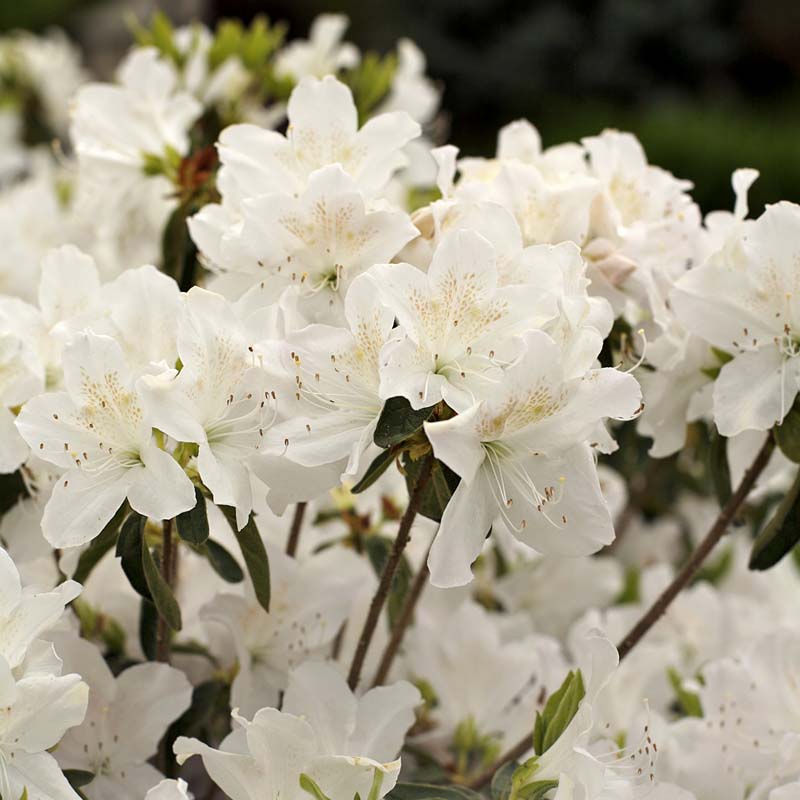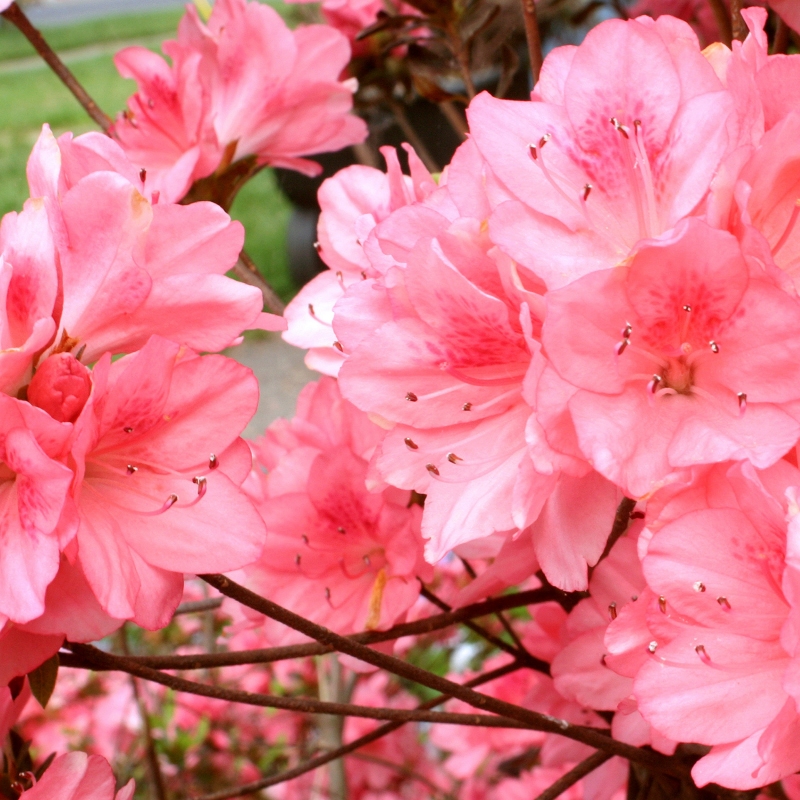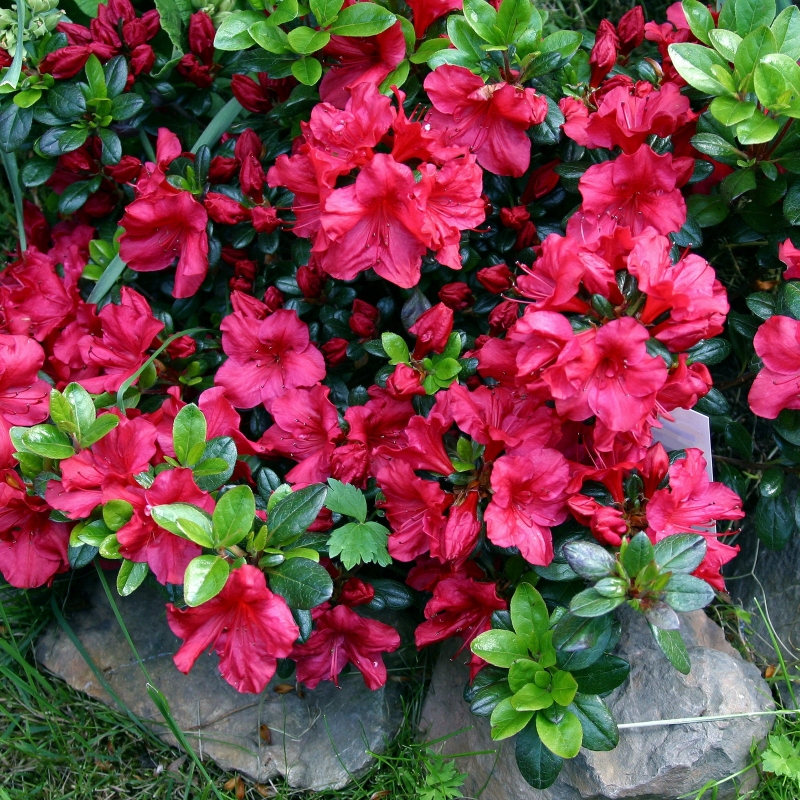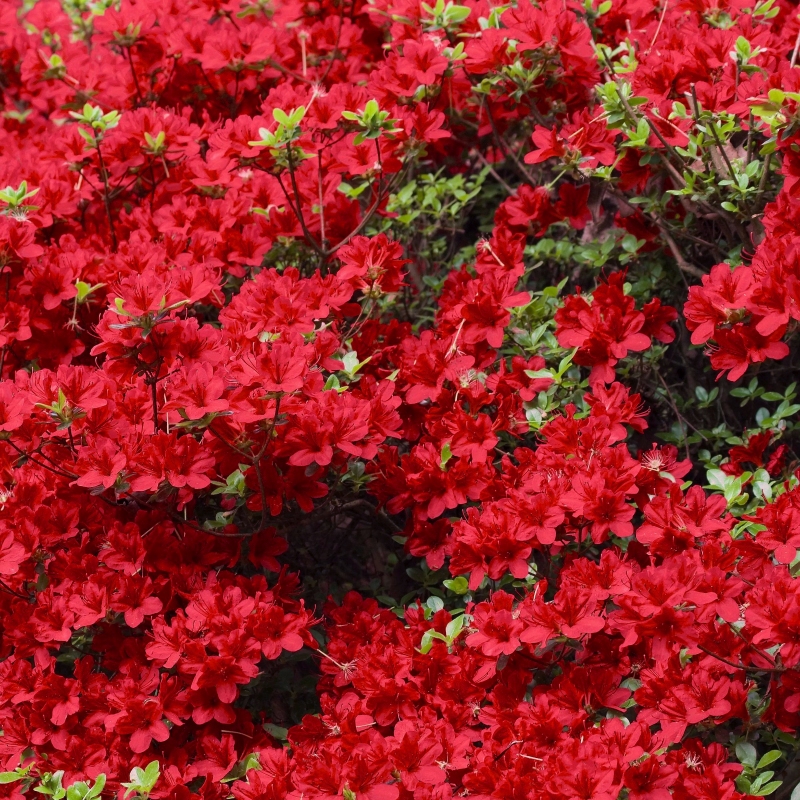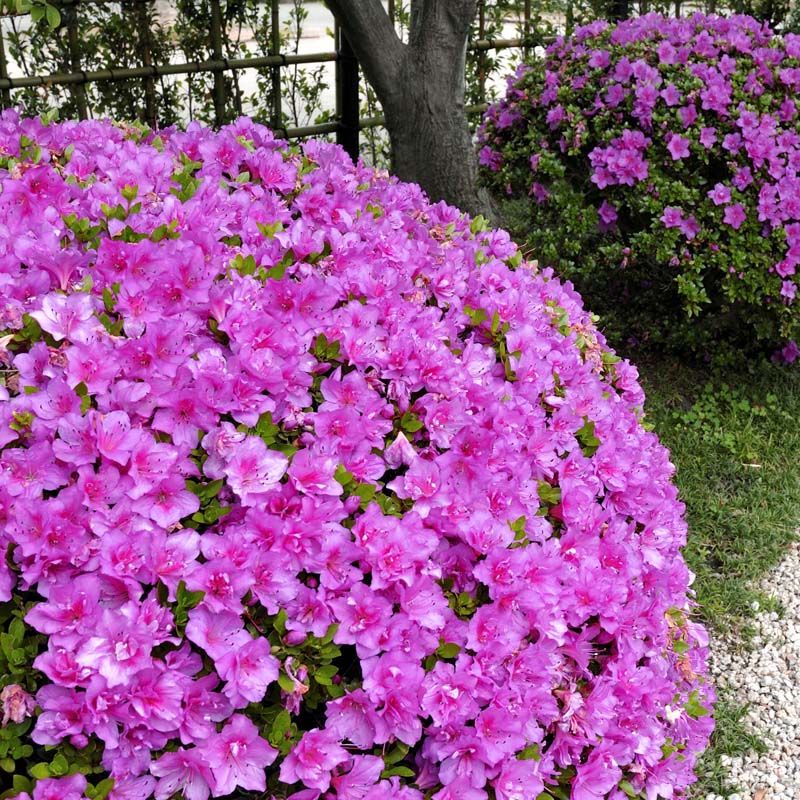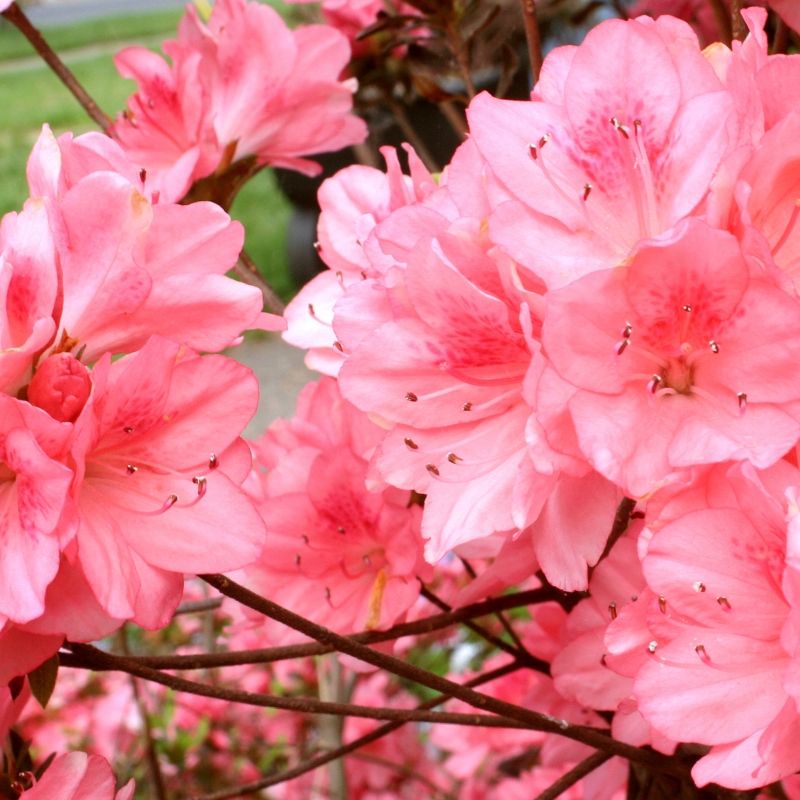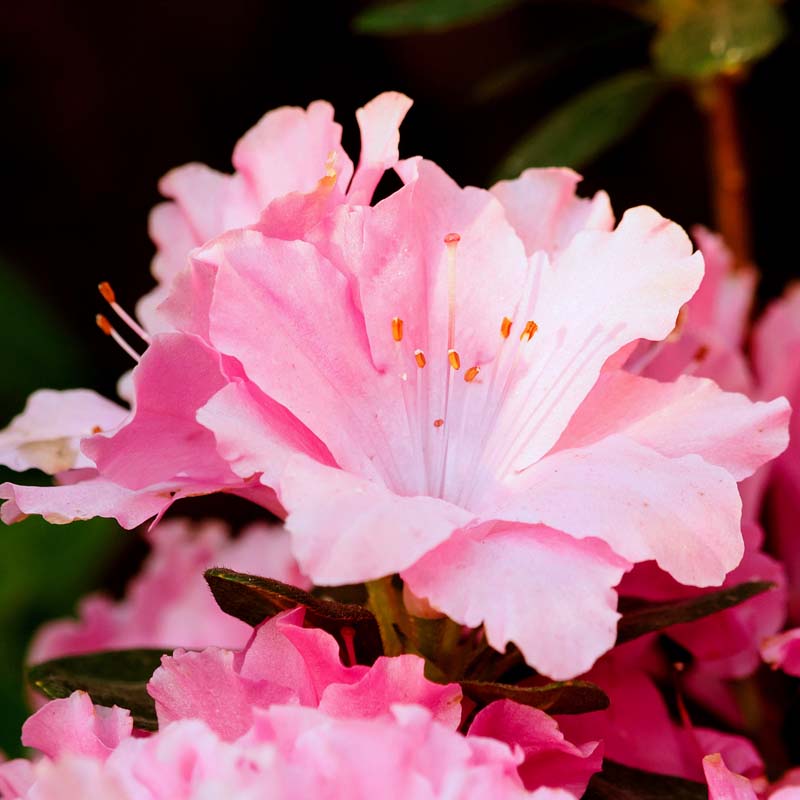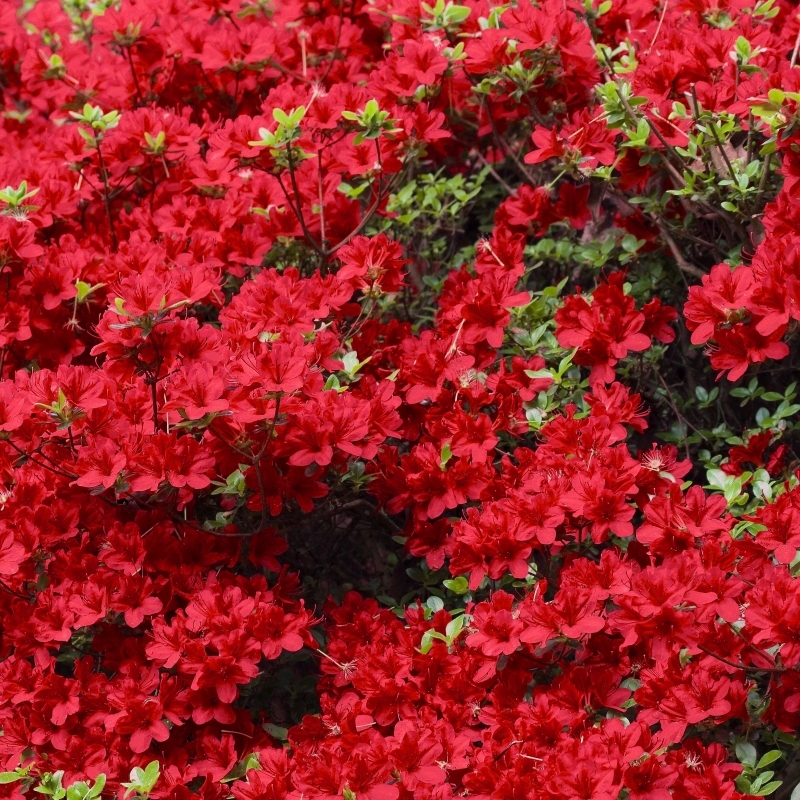

Staghorn Sumac
Rhus typhina
16 reviews


Staghorn Sumac
Rhus typhina
16 reviews
- Grows quickly and requires minimal maintenance
- Attracts a variety of birds and butterflies
- Produces bright red fruit clusters that add visual interest to the landscape
- Ships to 43215 in 7-10 Days
- Free Shipping Over $150
- Plant Arrival Guarantee
- In Stock
- Free Plant Consult
$200
$85.00
$122.00
30% Off
2.5 Gallon
We are sorry, product is currently out of stock due to seasonal availability. Please check the "Related plants available in your area" section below
Why Staghorn Sumac?
Staghorn Sumac, also known as Rhus typhina, is a deciduous shrub native to North America. It is commonly found growing in open fields and along roadsides, where it forms dense colonies. The shrub is prized for its ornamental appeal, with its striking red fruit clusters and velvety branches covered in fine hairs, resembling a stag's antlers. In addition to its aesthetic value, Staghorn Sumac has numerous medicinal uses and is a popular spice in Middle Eastern cuisine.
Related plants available in your area
Sunlight
Full sun.
Watering
Staghorn Sumac has a low watering requirement and is known to tolerate periods of drought. It is adapted to grow in various soil types and is fairly resilient in terms of water needs.
Fertilizing
Staghorn Sumac (Rhus typhina) requires a balanced fertilizer with medium to high levels of nitrogen, phosphorus, and potassium. A ratio of approximately 10-10-10 or 14-14-14 is generally suitable for promoting healthy growth and development.
Staghorn sumac is a hardy, deciduous tree native to eastern North America. It gets its name from the distinctive reddish-brown hairs that cover its young branches, which resemble the look of stag horns.
Staghorn Sumac can grow to a height of 40 feet and is a relatively fast grower that can grow two feet per year. It has a distinctive appearance with its large, compound leaves that are bright green in spring and early summer and turn to a brilliant scarlet in the fall. The bright green leaves are also arranged in an alternate pattern on the stem.
The tree has a spreading habit and can form dense thickets, making it most suitable for larger gardens and landscapes. The bark is smooth and grayish-brown when young, but becomes rough and scaly as the tree ages, adding an interesting texture to the landscape. Female plants also produce berries that ripen bright red and get darker in winter.
The berries are valuable winter food for wildlife but are also edible to humans. As a spice, or eaten fresh, dried, or made into hot and cold drinks, the berries would definitely be an interesting addition to your diet when the fruit ripens.
Staghorn sumac is also a low-maintenance plant that is generally tolerable to a wide variety of conditions. It has a wide native range and can be easily planted in hardiness zones 3 to 8.
It's hardy and drought-tolerant once established, as well as tolerable of urban conditions. And Staghorn Sumac can grow in a wide range of soils, even poor and dry soil. Actually, Staghorn Sumac is an important native plant for erosion control. However, it thrives best in well-drained soil and the full sun (though it can accept part shade).
Its hardiness, brilliant fall color, and velvety picturesque branches make it a great choice for any landscape. Order yours today from Shrubhub!
Plant Information:
| Botanical Name: | Rhus typhina |
| USDA Zones: | 4-8 |
| Water: | Low |
| Exposure: | Full Sun |
| Soil Needs: | Widely Adaptable |
| Mature Height: | 15 - 25 feet |
| Mature Spread: | 15 - 25 feet |

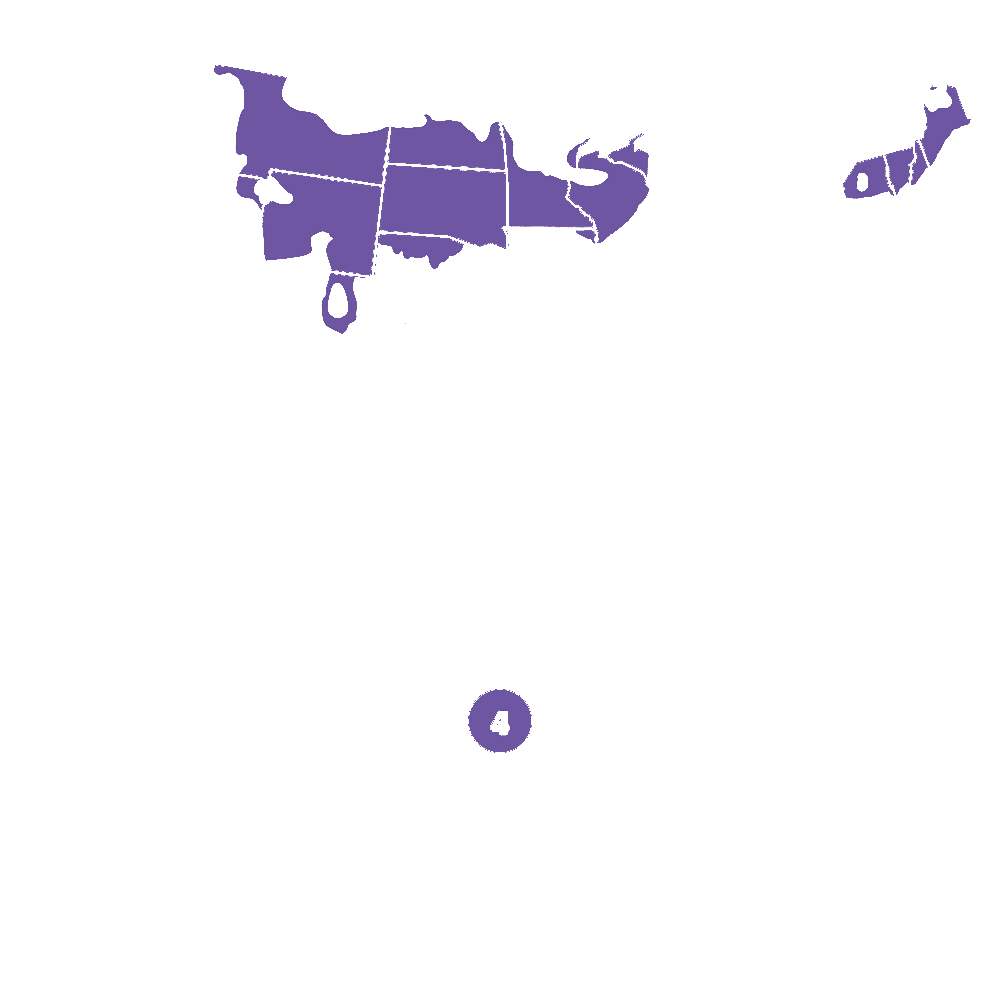
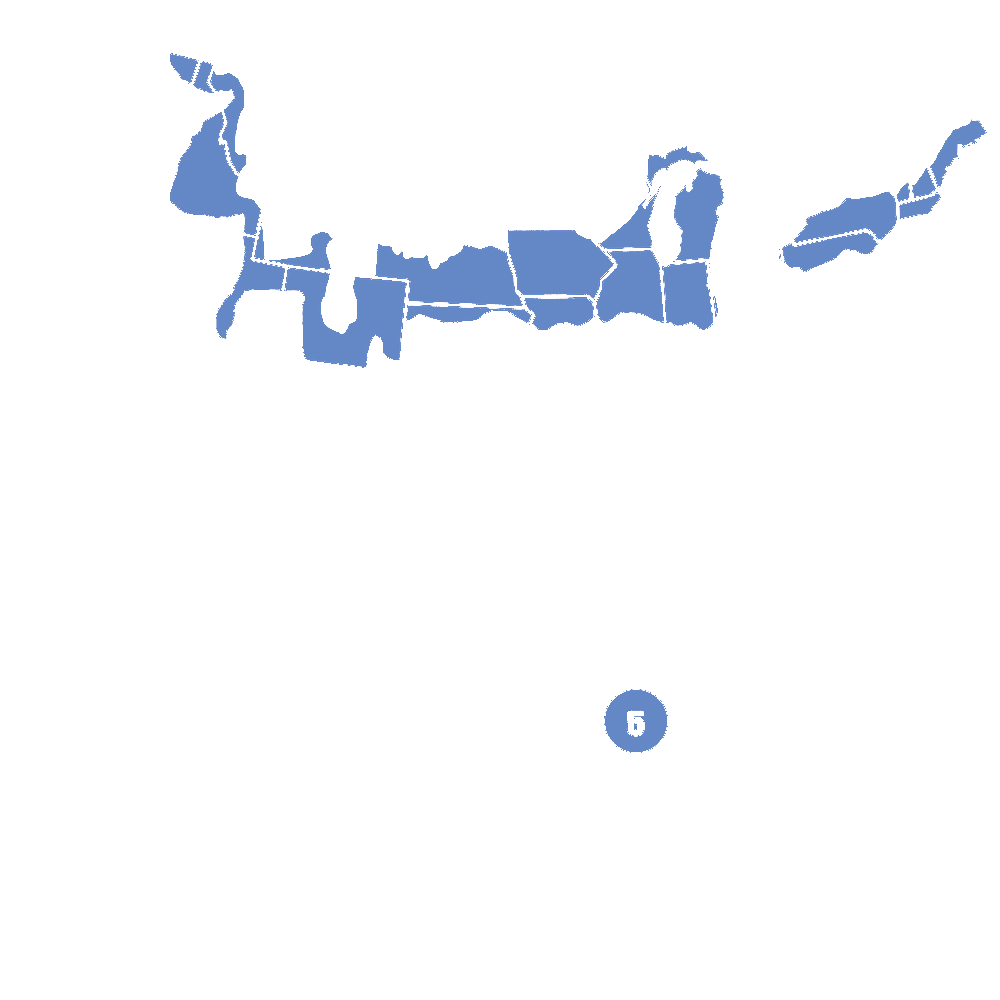
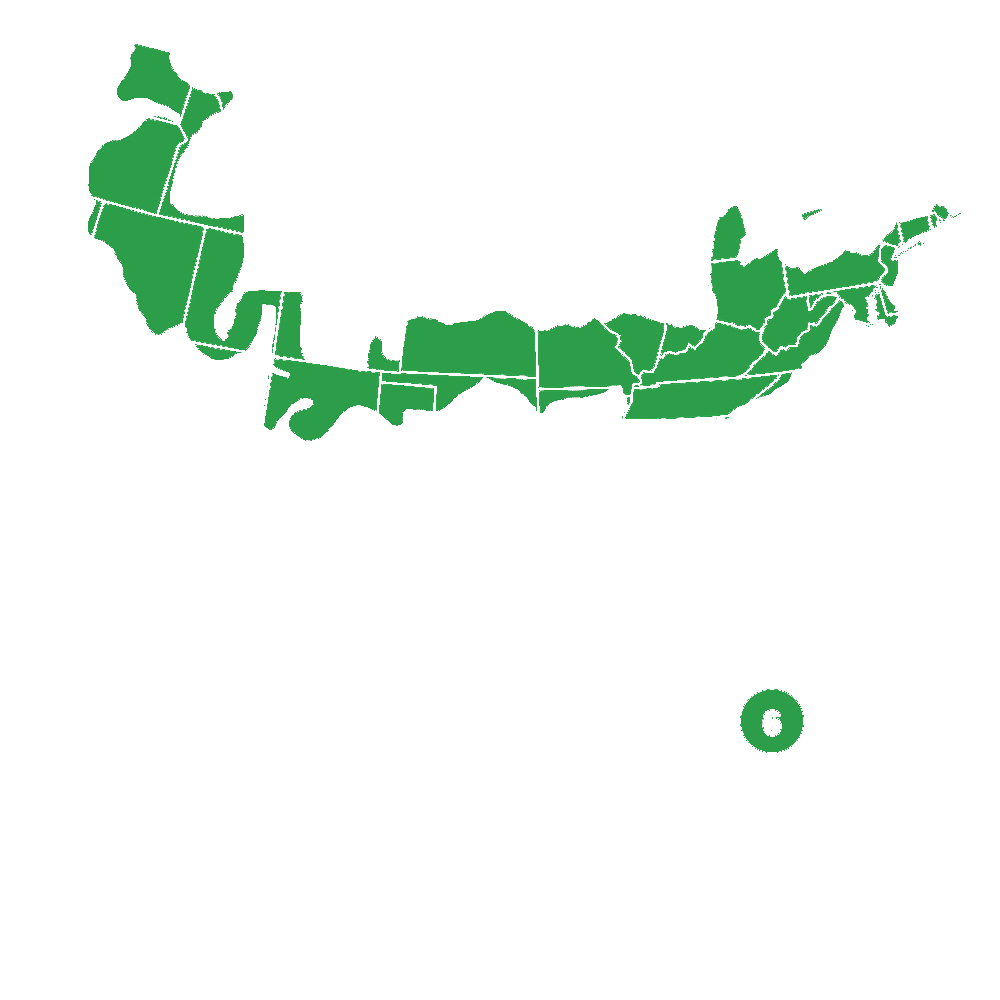
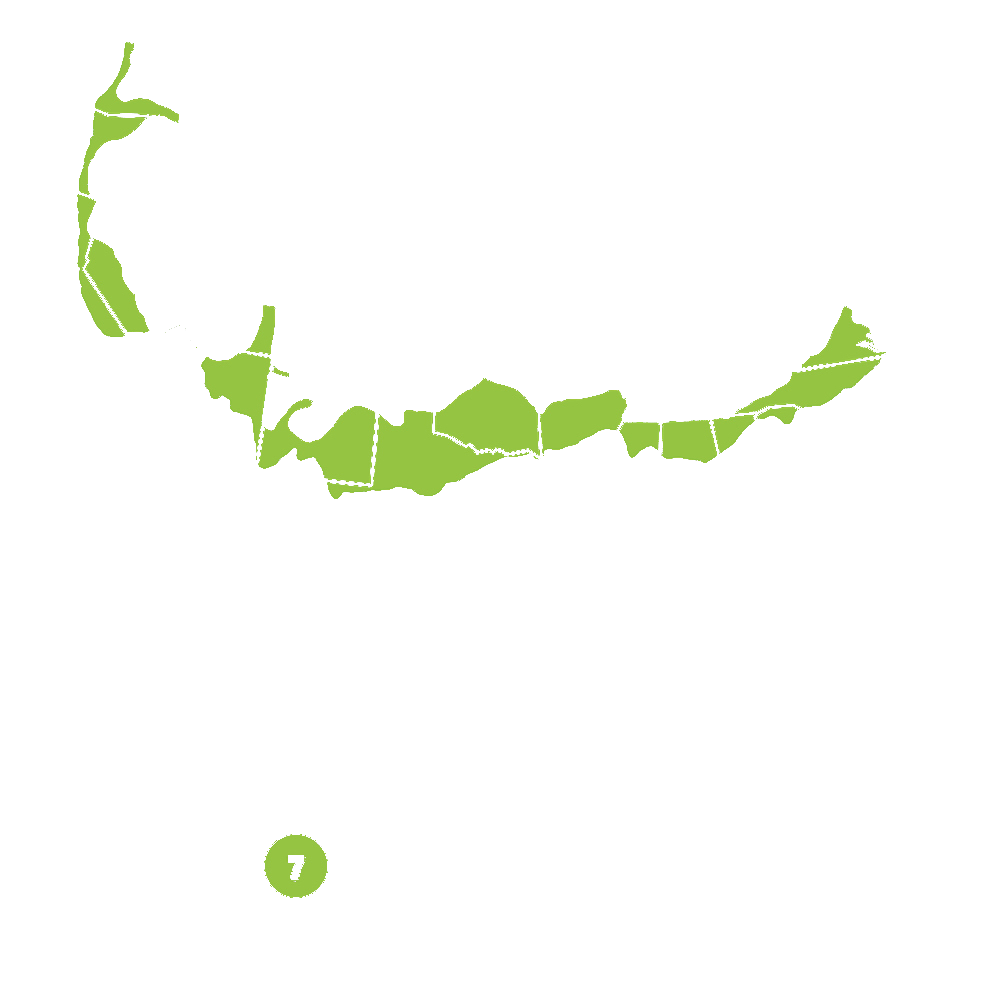
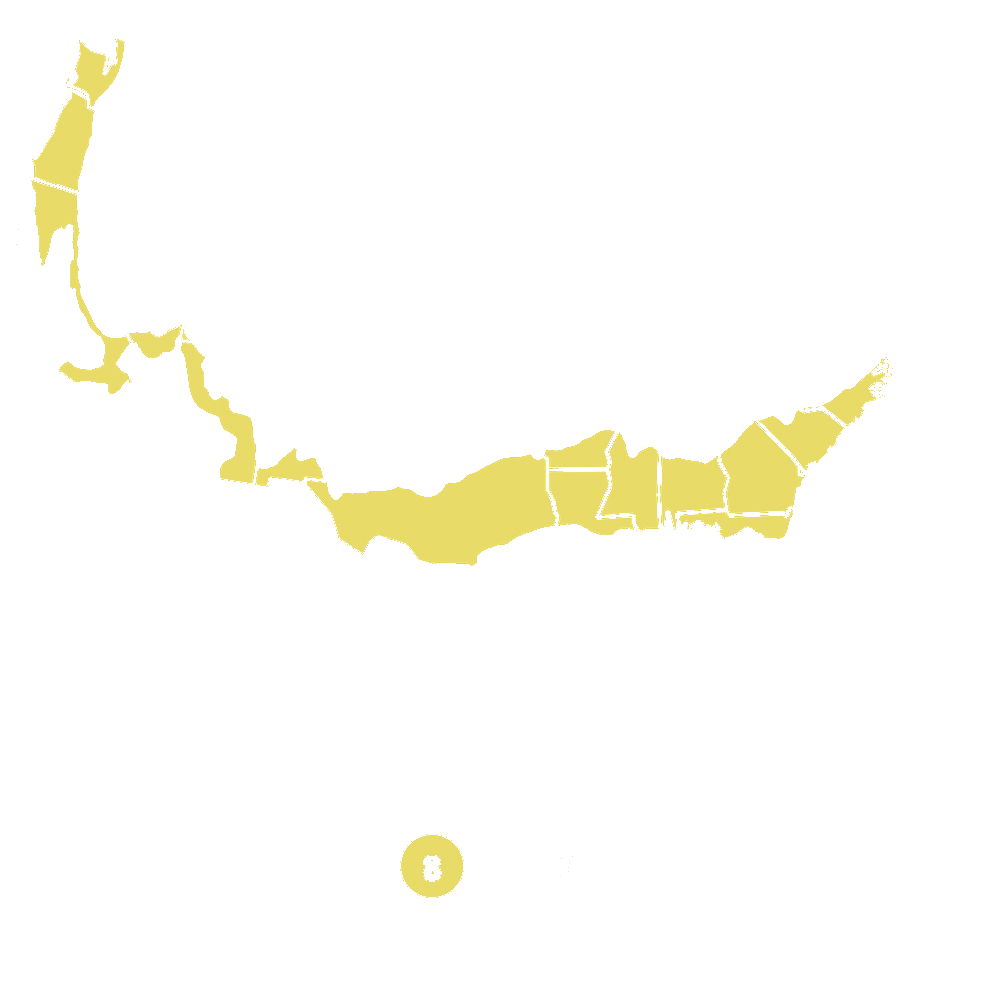
Pollination Info
Pollination Info for Staghorn Sumac (Rhus typhina)
Staghorn Sumac is dioecious, which means that individual plants produce either male or female flowers. The male flowers are small, yellow-green clusters that appear in early summer, while the female flowers are larger, reddish clusters that appear later in the season.
Pollination of Staghorn Sumac is primarily done by bees, although other insects such as wasps and butterflies may also be involved. Male flowers produce large amounts of pollen, which is carried by the wind to female flowers. The stigma of the female flower traps the pollen, allowing fertilization to occur.
Once fertilized, the female flowers develop into clusters of red berries called drupes. These drupes are an important food source for many species of birds and small mammals in the fall and winter.
FAQ
Frequently Asked Questions about Staghorn Sumac (Rhus typhina)
What is Staghorn Sumac?
Staghorn Sumac (Rhus typhina) is a native shrub to North America that grows in regions with moist, well-drained soils.
What do Staghorn Sumac leaves look like?
The leaves of Staghorn Sumac are compound, with 11-31 leaflets that are long and lanceolate. They turn a bright red or orange color in the fall.
What do Staghorn Sumac flowers look like?
Staghorn Sumac has clusters of small greenish-yellow flowers that bloom in early summer. The flowers are followed by fuzzy red berries that persist through the winter.
Is Staghorn Sumac edible?
Yes, Staghorn Sumac is edible and has a tart, lemony flavor. The fuzzy red berries can be harvested in the fall and used to make a drink similar to lemonade. The leaves also have culinary uses and can be used to wrap foods during cooking.
Is Staghorn Sumac invasive?
No, Staghorn Sumac is not considered invasive in North America. It can form dense clumps, but it is native to the region and supports local wildlife.
How do you plant Staghorn Sumac?
Staghorn Sumac can be planted from seed, but it is easier to transplant young saplings. It prefers moist, well-drained soils and full sun to partial shade. It can grow in a wide range of soil types, including sandy and rocky soils.
What are some uses for Staghorn Sumac?
Staghorn Sumac has many uses, including:
- Providing food and habitat for wildlife
- Producing a tart, lemony drink similar to lemonade
- Decorative landscaping, with its autumn foliage and red berries
- Soil stabilization, with its extensive root system
- Traditional medicinal uses, such as treating diarrhea and fever
Planting & Care
Planting Staghorn Sumac
- Choose a planting location with full sun to partial shade in well-drained soil.
- Dig a hole twice as wide as the root ball and as deep as the container.
- Remove the plant from the container and gently loosen the root ball.
- Place the plant in the hole and backfill with soil, tamping down to remove air pockets.
- Water thoroughly.
Care for Staghorn Sumac
- Water regularly during the first year to establish roots.
- After the first year, reduce watering to only during times of prolonged drought.
- Mulch around the base of the plant to retain moisture and suppress weeds.
- Prune lightly in late winter or early spring to remove dead or damaged wood.
- Fertilization is typically not necessary, but may be done in early spring with a balanced fertilizer.
- Staghorn sumac is a low maintenance plant and generally resistant to pests and diseases.
- Propagation can be done by seed or division in late fall or early spring.
Check Out These Verified Customer Reviews:
Customer Reviews
4.7 out of 5 based on 16 reviews
Thank you! Your review has been submitted.
The Staghorn Sumac plant that I received was in perfect condition - healthy and vibrant. The website had a great selection to choose from and the shipment was fast. Overall, a wonderful experience!
I recently purchased a Staghorn Sumac plant and it exceeded my expectations. The item arrived well-packaged and in excellent condition. The customer service was also very helpful in answering my questions. Highly recommend!
The ordering process was seamless and the website was easy to navigate. Very happy with my purchase.
Item has been added to your cart.



